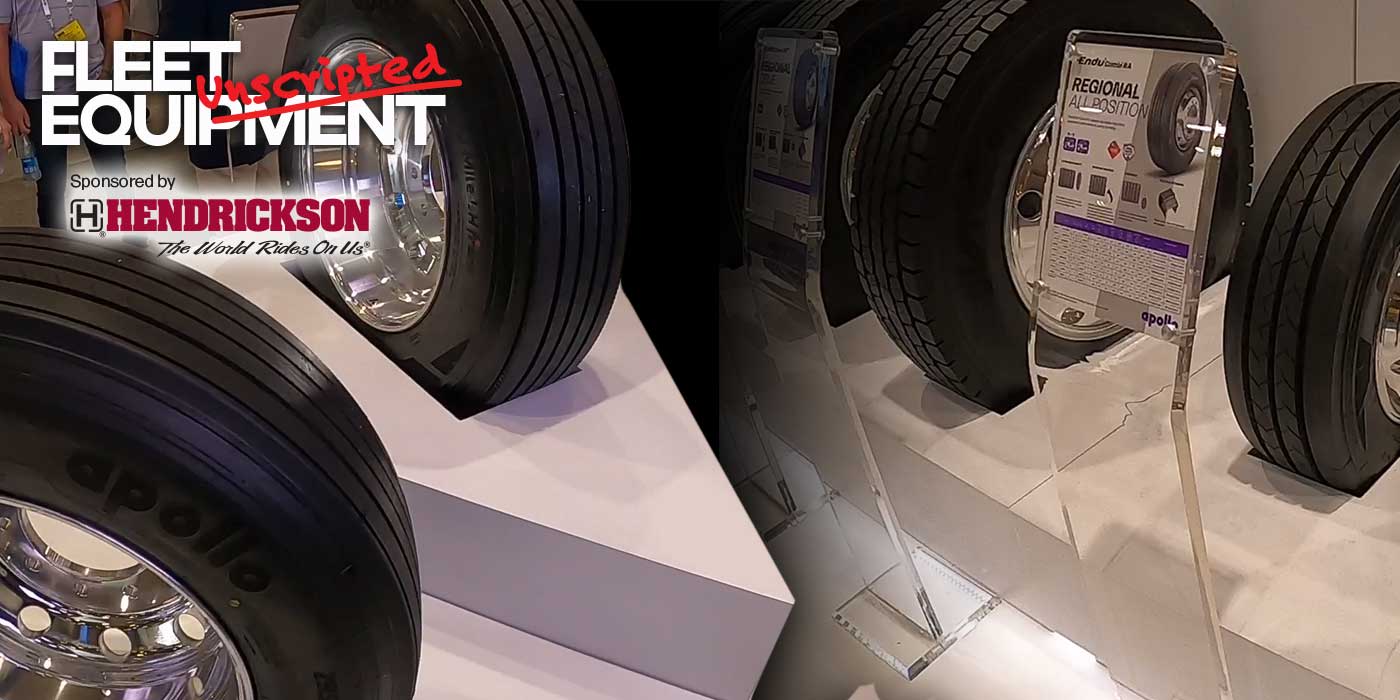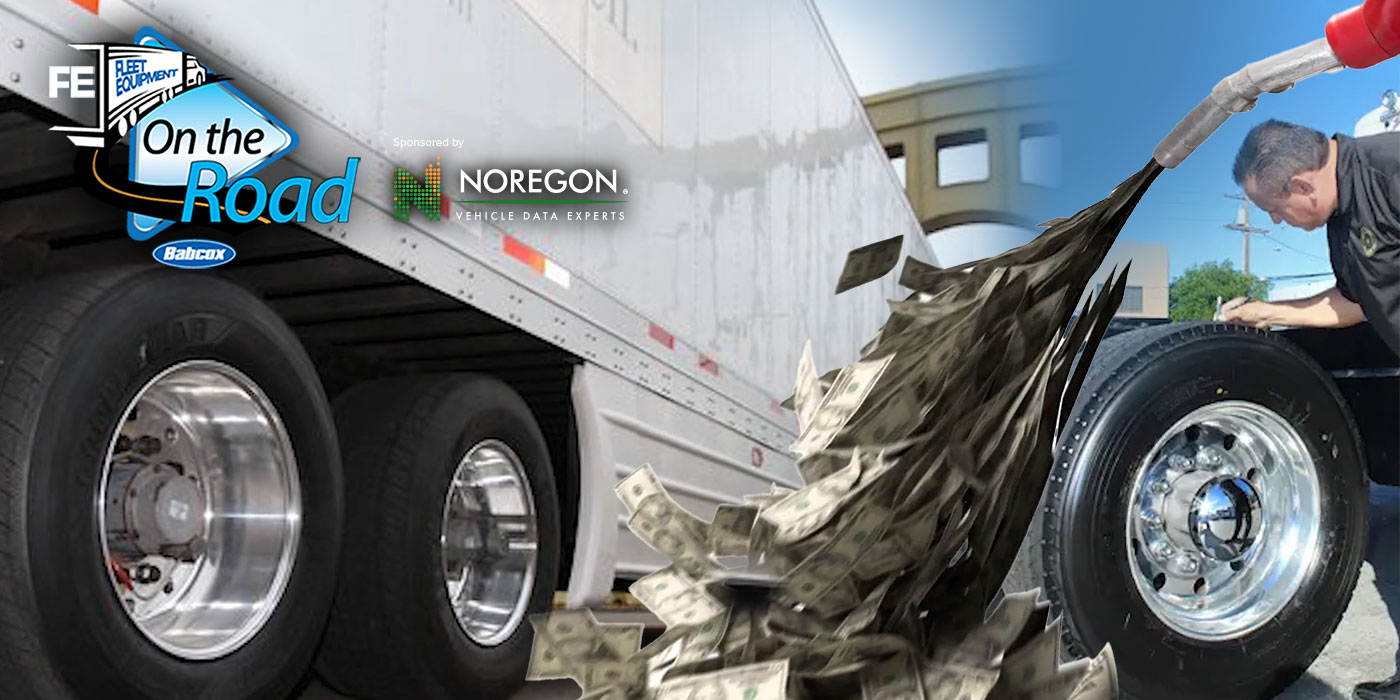Thanks to the efforts of component manufacturers and telematics providers alike, one burgeoning area of trailer telematics is the integration of components throughout the trailer, such as the brakes.
Click here to watch more of FE’s On the Road video series.
Here is a transcript of the video:
It is important that your technicians are trained on how to spot brake wear, and that your shops have systems and schedules in place aimed at avoiding wear issues on brakes.
The tried and true way to keep an eye out for irregular brake wear is visual inspection, on both drum and disc systems. Spotting irregular wear provides early troubleshooting evidence that the systems might not be working optimally and can save some headaches down the road. There is a lot of talk about air disc brakes, or ADBs, being more robust with extended service intervals; however, that does not replace doing routine service inspections.
But, we all know that a comprehensive maintenance program means understanding your operating conditions, and this can affect your maintenance intervals. Dynamics like average length of haul, application, terrain, driver patterns and tractor-trailer equipment combinations are important factors to consider when determining intervals at which brake linings should be replaced.
And, this is where telematics come in. Thanks to the efforts of component manufacturers and telematics providers alike, one burgeoning area of trailer telematics is the integration of components throughout the trailer, such as the brakes. When integrated with an OEM or third-party software source, these parts can all be tracked, their notifications integrated into one dashboard.
Right now, telematics can give fleets the ability to pull that critical information from the trailer and deliver it right to the fleet. It starts with making sure that the hardware that’s created from the OEMs has the capability to broadcast and send those messages out.
For example, the ECUs on the braking system need to be able to not only broadcast their own messages, but take inputs from other systems, link the data to the trailer ECU, and push those out through either a connected device or a CAN link.
Another major aspect of this new push for trailer telematics is the ability for the fleet to receive alerts when brakes reach a certain level of wear.
Some manufacturers are using wear sensing technology consisting of sensors mounted to the brake pads that indicate when pad thickness is approaching replacement time. The system records a diagnostic trouble code and creates a system message that can be used to alert the fleet’s office via telematics. This notification happens while enough pad life remains to allow the fleet or technician to schedule replacement service before it’s an emergency situation. Pretty cool.













